Springer Nature | Marine Systems and Ocean Technology
Andrea Mariana Díaz Vázquez, Gilberto Fuentes García* & Rodolfo Sosa Echeverría*.
* Departamento de Ciencias Ambientales | Grupo de Contaminación Ambiental.
Abstract
D
ue to the diversity of cargo, the range of oceangoing vessel arrivals, port services, and modes of transport, Veracruz has become the main commercial port in Mexico. Since 2019, it has been experiencing an extension for calling vessels, leading to 57 hoteling positions; 35 positions correspond to the new extension, North Bay, and 22 positions correspond to the original port, South Bay. Because of the variety of cargo handling equipment and vessels operating with combustion engines at the port, atmospheric carbon dioxide emissions are generated. For these reasons, assessing the air quality and estimating these emissions become essential to understanding their adverse global effects. In this work, we identified the temporal variability of carbon dioxide emissions by using the bottom-up method on a daily resolution of the movement of vessels since 2018. The results indicate that carbon dioxide emissions are higher in South Bay, considering the type of vessels, gross tonnage, power of the main engine, load factor, time in port, and emission factor. Also, we estimated the carbon dioxide emissions for the cranes RTG and Forklifts from the busiest cargo terminal. The emissions are higher in South Bay because of the operational hours, equipment model, and year. This study is a starting point for Mexican ports to attend the actual International Maritime Organization regulations and the Intergovernmental Panel on Climate Change recommendations for greenhouse gasses, and it also represents an opportunity to advance in the decarbonization of ports.
REGRESAR










